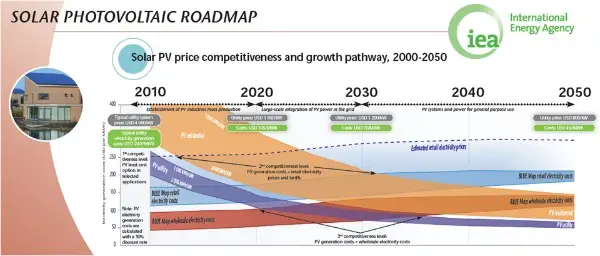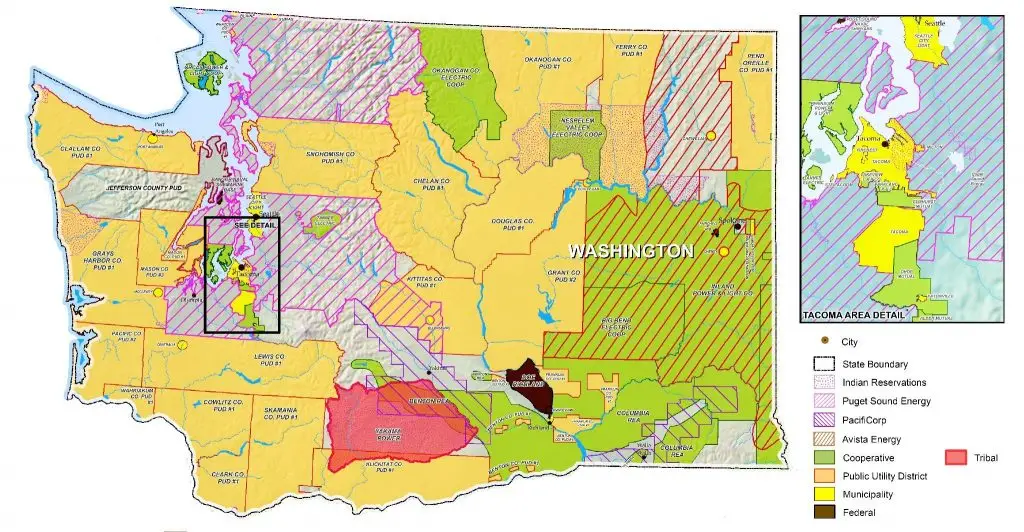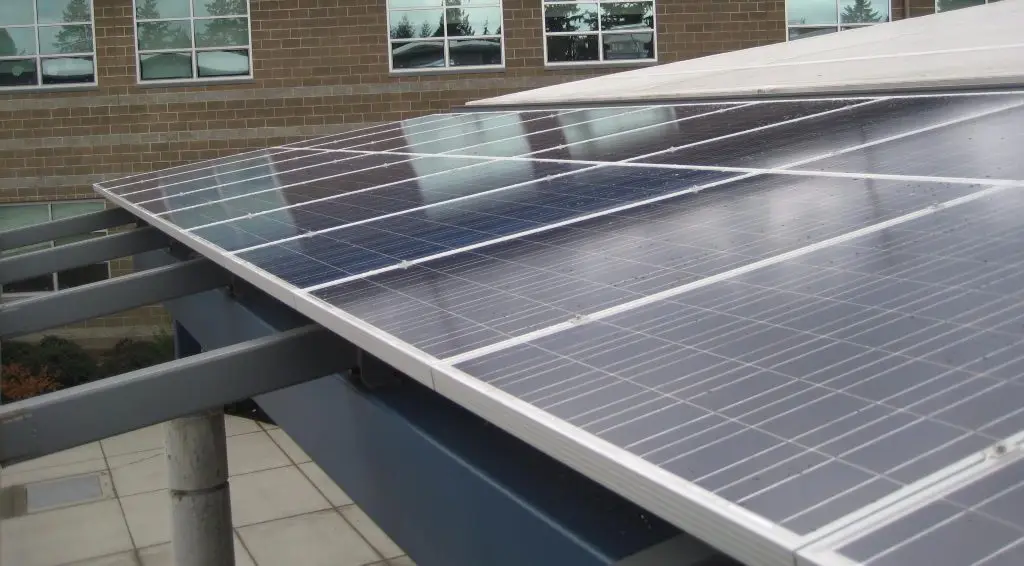Solar roadmaps have traditionally been all about adding more solar and producing more kilowatt-hours (kWh), but lately the conversation has shifted to one about the value of distributed solar. This necessarily takes the form of a table of positive and negative attributes, so the arguments are over what is included in that table, and at what values.

Different Utilities
Washington has 64 electric utilities, so the list of solar attributes and values varies between and within them depending on fuel mix and other factors.

Different Viewpoints
From a customer’s angle, the first value of a solar kWh = the retail price they pay their utility. In the utilitiy’s view, the first value = a wholesale price. For simplicity, we will set those values aside and focus on a value that customer and utility could possibly agree on, the carbon-offset value of solar (COVOS).
The Time is Now
Gov. Inslee is moving forward with a revised Clean Air Rule to reduce greenhouse gas (GHG) emissions that could open the door to a market for renewable energy credits (RECs) so the time to establish a COVOS for distributed solar is now.

Compare Apples to Apples
If the solar electricity produced is consumed onsite, a reasonable comparison of solar to other generation sources looks at the fuel-to-use path. That would include transmission losses and fuel leakage. A known problem for the climate is that natural gas is mostly methane (CH4), a super-potent greenhouse gas, which traps 86 times as much heat as CO2 over a 20-year period. That’s why many studies find that even a small leakage rate can have a large climate impact — enough to gut the entire benefit of switching from coal-fired power to gas for too long. Unless and until there is a uniform reduction of leakage it is true that {Nat. Gas Electricity GHG Emissions = Coal Electricity GHG Emissions}.
Computing the COVOS
The sub-bituminous coal that is burned at Colstrip for PSE’s electricity produces 2.16 lbs of CO2 per kWh. Add to that 10% for transmission losses and you have a simple 2.48 lbs per kWh delivered.
A combined-cycle natural gas power plant produces about 0.77 lbs/kWh, but if methane leakage is at 3% (a modest amount compared to measured amounts) the CO2 equivalent (CO2e) balloons to 2.68lbs + 7% transmission losses for a total of 2.87 lbs CO2e. If carbon is appropriately priced to induce the reductions of GHG needed to stem climate catastrophe at $60/ton, here is how the math works:
2.87 lbs/kWh = .001435 tons/kWh X $60/ton = $0.086 / kWh, the value of a solar kilowatt-hour for carbon reduction only. That is a good place to start the negotiations for an overall value of distributed solar.


